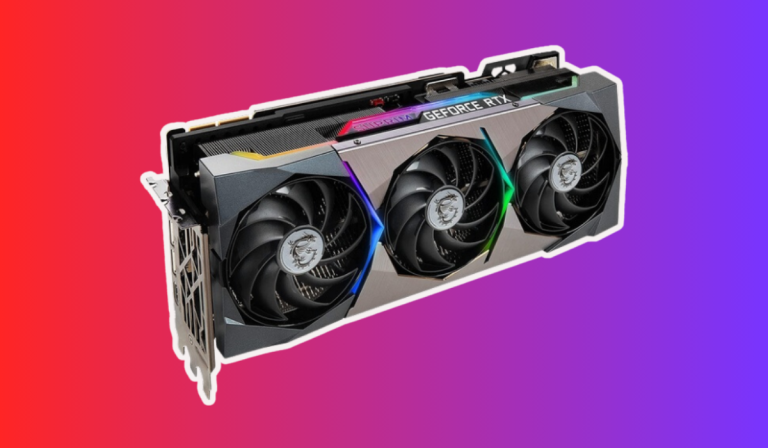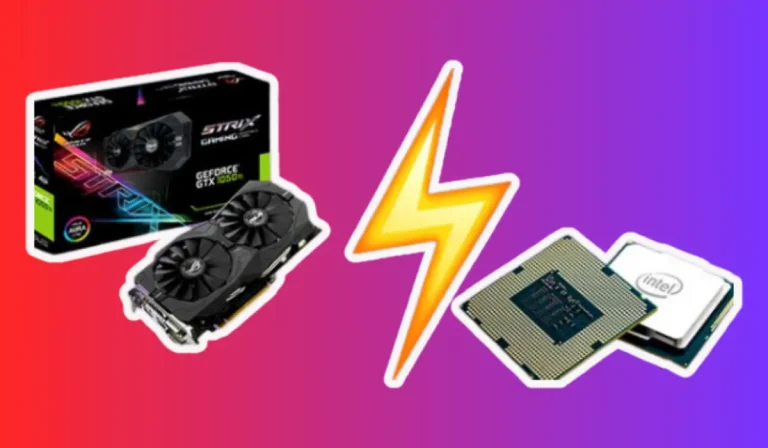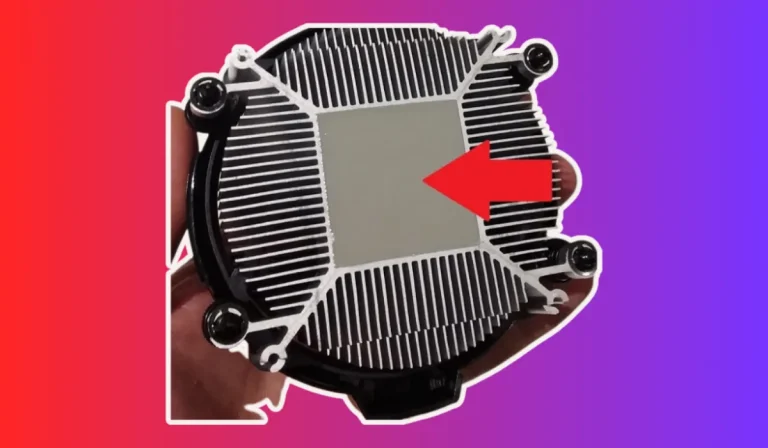Does Overclocking Reduce GPU’s Lifespan?
Are you a gaming enthusiast looking to squeeze out every last drop of performance from your GPU? Well, it’s time to dive into the world of overclocking! But wait, before you hit that turbo button, let’s address the burning question: Does overclocking reduce a GPU’s lifespan? We’ve got the answers you’ve been searching for, so let’s get started!
Does Overclocking Affect GPU Lifespan?
The impact of overclocking on the lifespan of a GPU is a topic of concern for many enthusiasts. Here, we’ll delve into the question of whether overclocking affects the lifespan of a GPU. By examining the factors at play and offering insights, we aim to provide a clear understanding of the relationship between overclocking and GPU lifespan.
Understanding Overclocking
Before exploring its impact on GPU lifespan, we will understand what overclocking entails. Overclocking involves increasing the clock speeds and voltages of a GPU to achieve higher performance levels. This process pushes the GPU beyond its factory-set specifications, resulting in increased heat generation and power consumption.
Increased Stress and Heat
When you overclock a GPU, it operates at higher speeds, which leads to increased stress on its components. This additional stress can potentially affect the lifespan of the GPU. Moreover, overclocking often results in higher temperatures due to increased power consumption, which can further impact the longevity of the GPU.
Cooling Considerations
Efficient cooling is crucial when overclocking to mitigate the effects of increased heat. Inadequate cooling can lead to higher temperatures, potentially accelerating the wear and tear on the GPU. Proper cooling solutions, such as robust fans or liquid cooling systems, help dissipate heat effectively, reducing the strain on the GPU and potentially extending its lifespan.
Quality of Components
The quality of the GPU itself also plays a role in its longevity when overclocked. GPUs with better build quality and higher-grade components tend to withstand the stress of overclocking better than their lower-quality counterparts. Investing in a higher-end GPU with superior components can potentially result in a longer lifespan, even with overclocking.
Responsible Overclocking Practices
Responsible overclocking practices can help mitigate the impact on GPU lifespan. Gradually increasing clock speeds, monitoring temperatures, and stress testing the GPU are essential steps. By taking a cautious approach, you can find a balance between performance and longevity, minimizing the risk of damaging your GPU.
Monitoring and Managing Overclocking
Monitoring and managing overclocking is crucial to ensure the stability and performance of your GPU. Here, we’ll explore the importance of monitoring your GPU’s temperatures, clock speeds, and voltages during overclocking. We’ll also discuss various tools and techniques for effectively managing and optimizing your overclocking settings.
Monitoring Temperatures
Monitoring temperatures is vital when overclocking your GPU. High temperatures can lead to performance degradation and potential hardware damage. Use monitoring software to keep a close eye on your GPU’s temperature readings. Ensure that the temperatures stay within safe limits recommended by the manufacturer or experienced overclockers.
Tracking Clock Speeds and Voltages
Tracking the clock speeds and voltages of your GPU is essential to ensure stability and prevent overheating. Most GPUs come with software utilities that allow you to monitor these parameters in real time. By observing the clock speeds and voltages, you can identify any abnormalities or inconsistencies that may indicate an unstable overclock.
Stress Testing and Stability Checks
After applying overclocking settings, it’s crucial to stress test your GPU to determine its stability. Stress testing software can put your graphics card under heavy load, helping you identify potential issues like crashes or artifacts. By conducting stability checks, you can fine-tune your overclocking settings for optimal performance while ensuring stability.
Adjusting and Fine-Tuning
Overclocking is an iterative process, and adjustments are often necessary to achieve the desired results. By carefully adjusting clock speeds, voltages, and other parameters, you can find the optimal balance between performance and stability. Remember to make incremental changes and test for stability after each adjustment.
Backing Up and Restoring Settings
To avoid any potential mishaps during the overclocking process, it’s wise to back up your GPU’s original settings. This allows you to easily restore the default configuration if needed. Backing up and restoring settings ensures that you have a safety net in case something goes wrong during overclocking.
Longevity vs. Performance: Finding the Balance
When it comes to overclocking, finding the right balance between longevity and performance is crucial. Here, we’ll explore the trade-offs between pushing your GPU’s limits for better performance and ensuring its long-term durability. We will delve into the world of longevity versus performance and how to strike the perfect balance.
Understanding the Trade-offs
Overclocking your GPU can provide significant performance gains, allowing you to enjoy smoother gameplay and faster rendering times. However, it’s important to understand that pushing your hardware beyond its limits can increase the risk of reduced lifespan. Balancing the desire for performance with the need for longevity is crucial to ensure a stable and durable GPU.
Temperature Management
One of the key factors in maintaining a balance between longevity and performance is temperature management. Higher clock speeds and voltages generate more heat, potentially leading to increased wear and tear on your GPU’s components.
Adequate cooling solutions, such as efficient fans or liquid cooling systems, can help dissipate heat and maintain lower temperatures, thereby extending the lifespan of your GPU.
Responsible Overclocking
Responsible overclocking practices play a vital role in finding the right balance. Gradually increasing clock speeds and voltages, monitoring temperatures, and stress testing your GPU are essential steps. By taking a cautious approach, you can maximize performance gains while minimizing the risk of damaging your hardware.
Regular Maintenance
To ensure both performance and longevity, regular maintenance is essential. Keeping your GPU and its cooling system clean from dust and debris helps maintain optimal temperatures and prevents overheating. Additionally, the timely replacement of thermal paste and other worn-out components can further contribute to both performance and longevity.
Personal Goals and Preferences
Ultimately, finding the balance between longevity and performance is a personal choice. Consider your own goals and preferences when overclocking. If you prioritize longevity, you may opt for more conservative overclocking settings. On the other hand, if performance is your primary concern, you may be willing to take on slightly more risk.
FAQ’s
1. Does overclocking reduce a GPU’s lifespan?
Yes, overclocking can potentially reduce a GPU’s lifespan. When you increase clock speeds and voltages, it puts additional stress on the GPU’s components, including the GPU core, memory, and power delivery system.
2. How much does overclocking shorten a GPU’s lifespan?
The extent to which overclocking shortens a GPU’s lifespan can vary depending on several factors, such as the quality of the hardware, the cooling solution in place, and the level of overclocking applied.
3. Can proper cooling mitigate the effects of overclocking on a GPU’s lifespan?
Yes, proper cooling can help mitigate the effects of overclocking on a GPU’s lifespan. Efficient cooling solutions, such as aftermarket coolers or liquid cooling systems, can help dissipate the excess heat generated during overclocking.
4. Are there any precautions I can take to minimize the impact of overclocking on my GPU’s lifespan?
Yes, there are precautions you can take to minimize the impact of overclocking on your GPU’s lifespan. Firstly, ensure that you are using reliable and stable overclocking settings. Gradually increase clock speeds and voltages while monitoring temperature and stability.
5. Will overclocking void my GPU’s warranty?
In most cases, overclocking your GPU will void the manufacturer’s warranty. Overclocking is considered an “at your own risk” activity, as it involves pushing the hardware beyond its factory specifications. Manufacturers typically do not cover damage caused by overclocking under their warranty policies.
Conclusion
While overclocking can potentially reduce a GPU’s lifespan due to increased stress and higher temperatures, responsible overclocking practices and proper cooling can help mitigate these effects.
By understanding the risks, using caution, and maintaining optimal temperatures, you can enjoy the benefits of overclocking without significantly compromising your GPU’s longevity.



